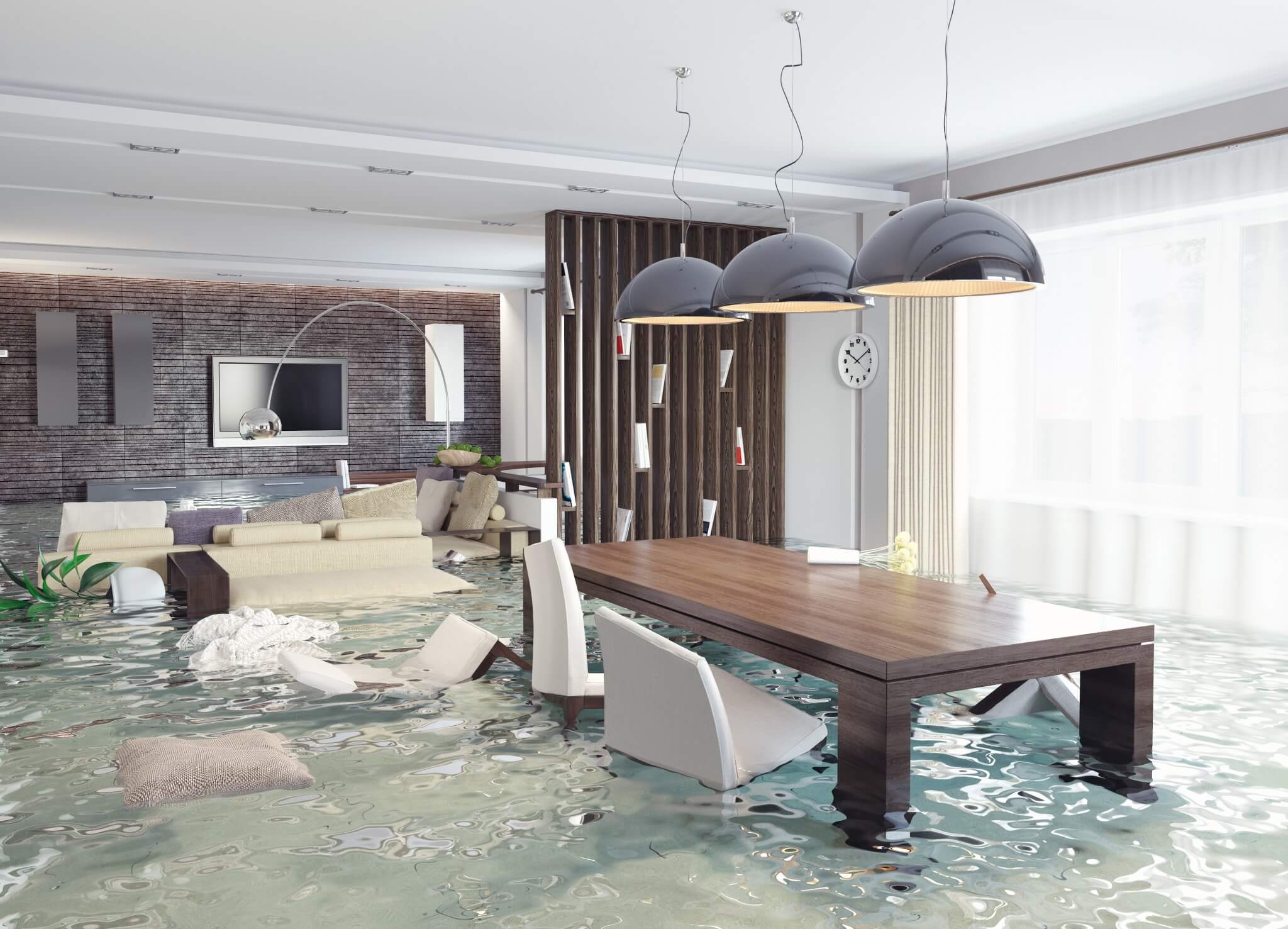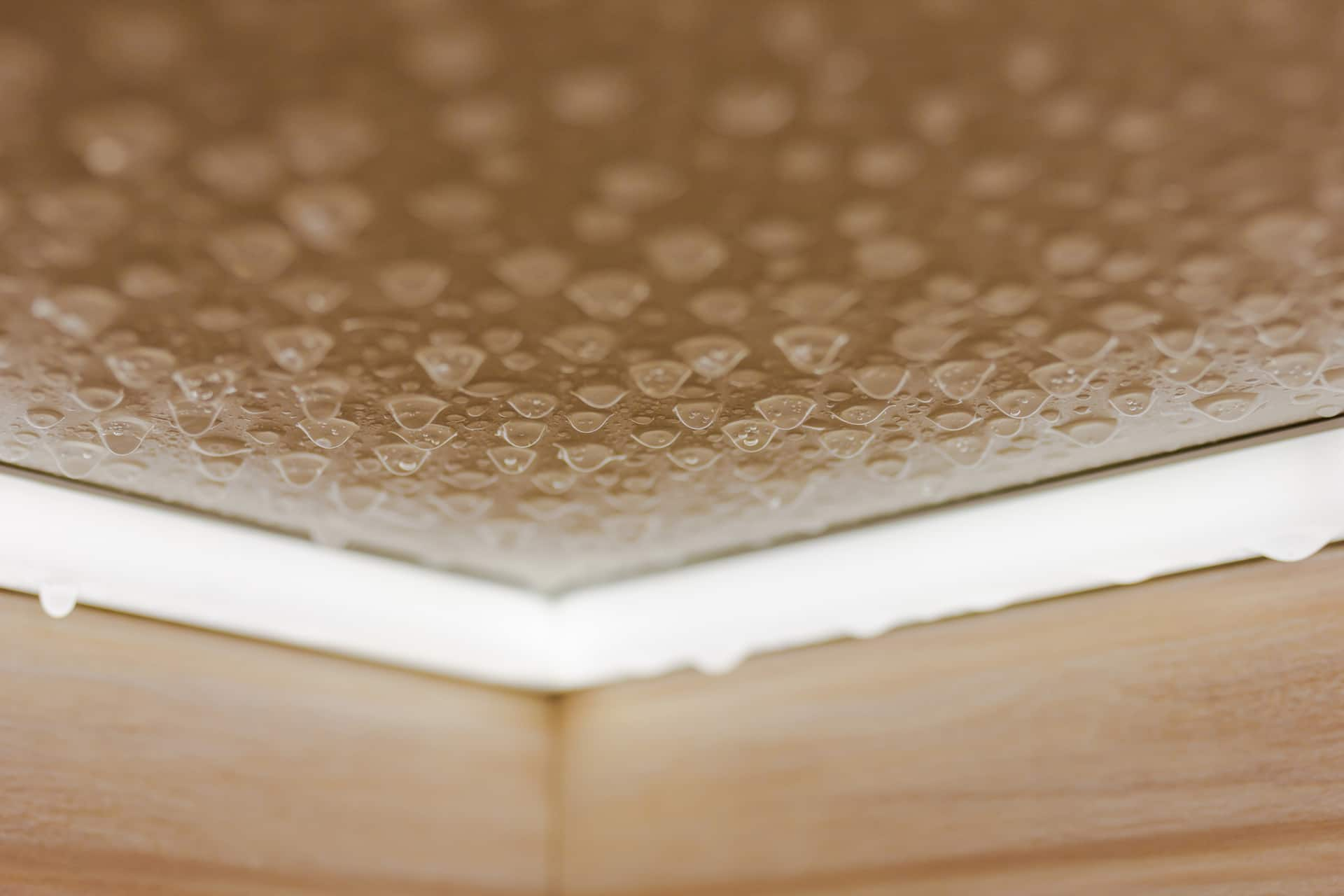Do's & Don'ts of Water Restoration.
Do's & Don'ts of Water Restoration.
Blog Article
Listed here in the next paragraph you might get a good deal of decent material in relation to 5 Home Safety Tips To Reduce The Risk Of Fire And Water Damage.

Water provides life, but water invasion on some components where it's not meant to be can lead to damage and aggravation. It can peel away the surface and also wear down the product's foundation if the water leaks into your structure. Mold and mildew and mold additionally flourish in a damp atmosphere, which can be harmful for your and also your family's health and wellness. In addition, houses with water damages scent old as well as stuffy.
Water can originate from lots of resources like tropical storms, floodings, ruptured pipelines, leaks, and sewer issues. If you have water damage, it's far better to have a functioning understanding of security precautions. Right here are a few guidelines on just how to manage water damages.
Do Prioritize House Insurance Coverage Protection
Seasonal water damage can come from floodings, seasonal rainfalls, and wind. There is additionally an event of an unexpected flood, whether it originated from a malfunctioning pipe that instantly ruptures into your residence. To safeguard your residence, get house insurance policy that covers both acts of God such as all-natural catastrophes, and also emergencies like busted plumbing.
Don't Neglect to Turn Off Energies
When calamity strikes as well as you remain in a flood-prone area, shut off the main electrical circuit. Switching off the power prevents
When water comes in as water serves as a conductor, electrical shocks. Do not neglect to switch off the main water line valve as a way to avoid even more damages.
Maintain your furniture stable as they can relocate about and create added damage if the floodwaters are getting high.
Do Keep Proactive as well as Heed Weather Signals
Storm floodings can be extremely unpredictable. If you reside in an area pestered by floods, remain ready and also proactive in all times. Listen to the information and emptying cautions if you live near a body of water like a river, lake, or creek . Obtain your belongings and also important papers from the very beginning and also basement, then placed them in a refuge and also the highest possible level.
Do Not Ignore the Roof
Your contractor ought to take treatment of the malfunctioning rain gutters or any kind of various other indications of damage or weakening. An assessment will certainly protect against water from flowing down your walls and soaking your ceiling.
Do Take Note Of Small Leakages
A ruptured pipe doesn't take place in a vacuum or overnight. There are warnings that can attract your attention and show to you some damaged pipes in your house. Indications of warnings in your pipes include bubbling paint, peeling off wallpaper, water touches, water spots, or trickling noises behind the wall surfaces. There are indications that the pipe will certainly rupture. Don't wait for an escalation if you see these indicators. Repair work and also check your plumbing repaired prior to it results in massive damage to your residence, financial resources, and also a personal nightmare.
Don't Panic in Case of a Ruptured Pipeline
Timing is key when it comes to water damages. If a pipeline ruptureds in your residence, quickly shut off your main water valve to cut off the resource as well as prevent more damages. Call a reputable water damage restoration specialist for help.
Water offers life, but water invasion on some components where it's not expected to be can result in damages and also hassle. In enhancement, residences with water damages smell stuffy and old.
Seasonal water damage can come from floods, seasonal rains, and wind. Indicators of red flags in your pipelines consist of gurgling paint, peeling off wallpaper, water streaks, water spots, or leaking sounds behind the walls. If a pipe bursts in your home, immediately shut off your major water shutoff to reduce off the resource as well as avoid more damages.
Some Do's & Don't When Dealing with a Water Damage
DO:
Make sure the water source has been eliminated. Contact a plumber if needed. Turn off circuit breakers supplying electricity to wet areas and unplug any electronics that are on wet carpet or surfaces Remove small furniture items Remove as much excess water as possible by mopping or blotting; Use WHITE towels to blot wet carpeting Wipe water from wooden furniture after removing anything on it Remove and prop up wet upholstery cushions for even drying (check for any bleeding) Pin up curtains or furniture skirts if needed Place aluminum foil, saucers or wood blocks between furniture legs and wet carpet Turn on air conditioning for maximum drying in winter and open windows in the summer Open any drawers and cabinets affected for complete drying but do not force them open Remove any valuable art objects or paintings to a safe, dry place Open any suitcases or luggage that may have been affected to dry, preferably in sunlight Hang any fur or leather goods to dry at room temperature Punch small holes in sagging ceilings to relieve trapped water (don't forget to place pans beneath!); however, if the ceiling is sagging extremely low, stay out of the room and we'll take care of it DO NOT:
Leave wet fabrics in place; dry them as soon as possible Leave books, magazines or any other colored items on wet carpets or floor Use your household vacuum to remove water Use TV's or other electronics/appliances while standing on wet carpets or floors; especially not on wet concrete floors Turn on ceiling fixtures if the ceiling is wet Turn your heat up, unless instructed otherwise

We had been made aware of that article about Reducing Your Risk Of Water And Fire Damage At Home from an acquaintance on our other web page. So long as you liked our page please make sure you remember to pass it around. I take joy in reading our article about Fire And Water Damage Prevention.
Report this page